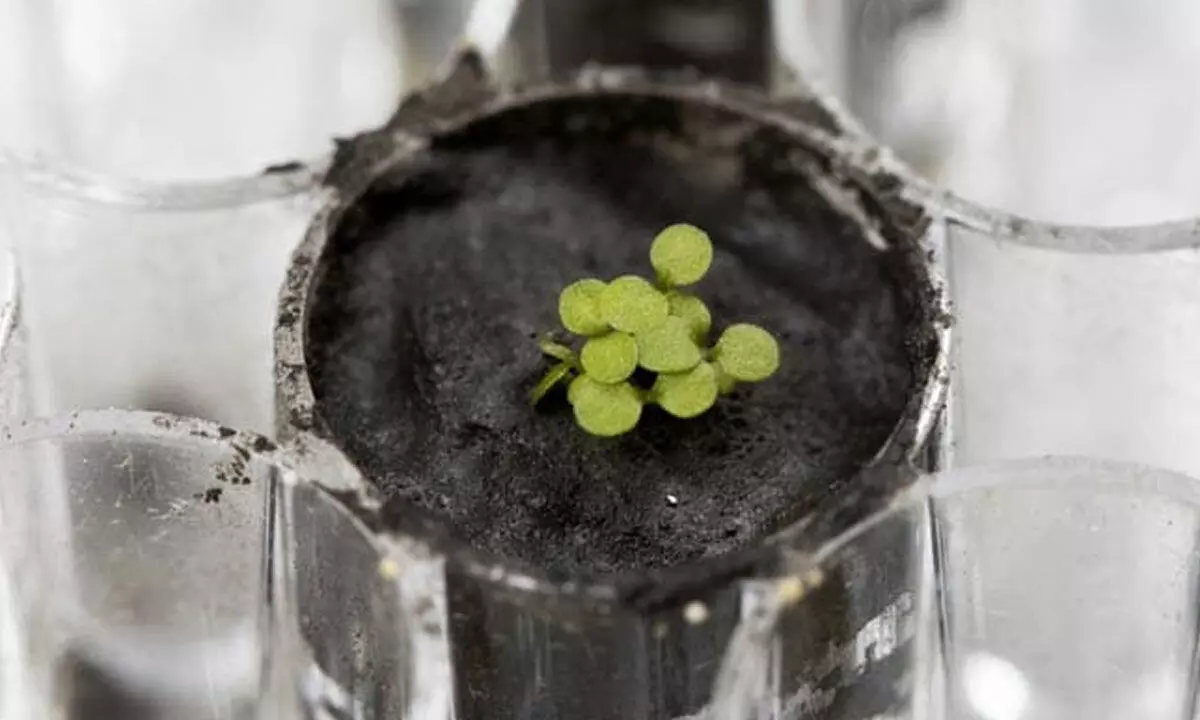Scientists Grew Plants On Moon Soil

The seeds sprouted in moon soil within three days.
- Scientists have grown seeds in lunar soil for the first time, using materials recovered from NASA flights in 1969 and 1972.
- Researchers said they sowed seeds of Arabidopsis thaliana, a little flowering weed, in 12 small thimble-sized containers each containing a gram of moon soil
Scientists have grown seeds in lunar soil for the first time, using materials recovered from NASA flights in 1969 and 1972. This breakthrough announces the prospect of employing earthly flora to support human colonies in distant worlds.
Researchers said they sowed seeds of Arabidopsis thaliana, a little flowering weed, in 12 small thimble-sized containers each containing a gram of moon soil, or lunar regolith, and saw them sprout and grow on Thursday. Because lunar regolith differs substantially from Earth soil in terms of sharp particles and lack of organic content, it was unknown whether seeds would sprout.
Horticultural sciences professor Anna-Lisa Paul stated that it took their breath away when they first witnessed the number of green sprouts cast across all of the samples. Paul added that in the lunar regolith, plants can grow. That one simple remark opens the door to future exploration using resources already in place on the moon and, most likely, Mars. Every seed germinated, and there were no visible differences between seeds planted in the regolith - largely crushed basalt rocks - and seeds sowed in volcanic ash from Earth with identical mineral content and particle size at the early phases of growth.
Regolith seeds performed worse than the comparator plants, which is fairly unsurprising. They grew more slowly and were generally smaller, had more stunted roots, and were more likely to show stress-related characteristics like smaller leaves and a deep reddish-black coloring that was not typical of healthy growth. They also demonstrated stress-related gene activity, similar to plant responses to salt, metal, and oxidation.
Within three days, the seeds sprouted. The researchers plucked all but one plant from each container after about a week of growing. The one was allowed to develop for 20 days before its leaves were removed to test gene activity. The researchers also discovered that regolith on the lunar surface that had been exposed to cosmic rays and solar wind for prolonged periods of time was less conducive to growth.














